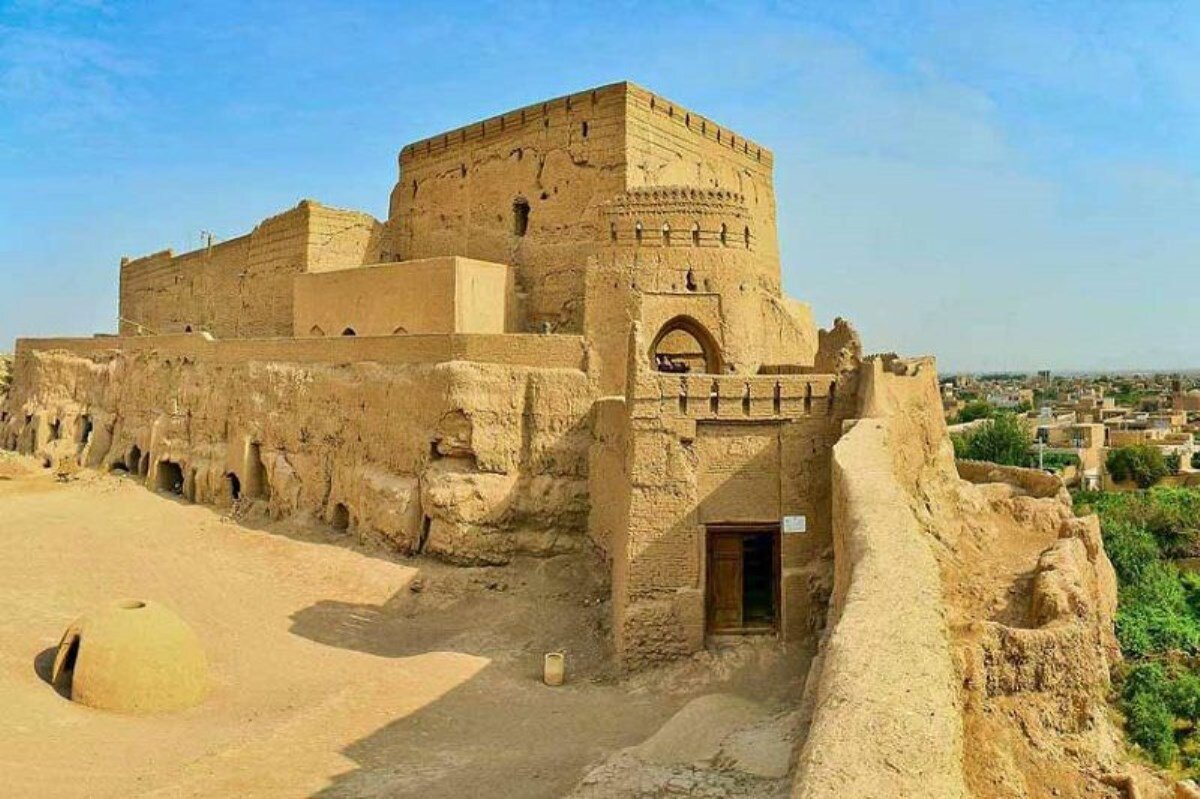Centuries-old Narin fortress undergoes restoration

TEHRAN – A fresh season of restoration work has commenced on the ruins of the Narin fortress, which is a gigantic ancient mud-brick monument in the town of Meybod, central Yazd province.
A restoration project is intended to strengthen its overall structure, its walls, ceilings, and ramparts, a local official said on Tuesday.
The fortress rises imposingly above the town that has grown around it since almost 2000 years ago.
Legend has it that the fortress belonged to King Solomon and was built by jinns (spirits), but whatever the original provenance of the monument’s foundations, most of what can be seen today dates from the Sassanian era.
Lying on the Silk Route, the stronghold was used by soldiers who provided an armed escort for passing caravans, charging a tax for their services, historical sources say.
The view from the top of the fort gives an interesting view of the town of Meybod and shows how the growing population of the citadel spilled beyond the mudbrick walls. Watchtowers dotted around the town until recently formed the further reaches of the urban area, but these have since been breached as new houses stretch into the surrounding desert.
In many ways, Iran under Sassanian rule witnessed tremendous achievements of Persian civilization. Experts say that during Sassanid times, the art and architecture of the nation experienced a general renaissance.
According to UNESCO, Meybod is a remarkable example of the viability and transmission of human beings’ collective thoughts from different generations to the present one.
“What is significant in the city of Meybod is the regularity of city planning. The anatomy and spatial structure of the city show original plans which conform with the old Iranian city planning.”
Since antiquity, mankind has assumed the need to fortify properties to survive in an ever-changing world of invasion and conquest. Commencing from simple earthworks and wooden walls, fortifications gradually evolved into complex, unconquerable, imposing citadels.
Those strongholds were normally erected and maintained along significant routes and cities, particularly at heights overlooking steep slopes or cliffs. Many of the fortifications of the ancient world were built using mud brick, often leaving them no more than mounds of dirt for today’s archaeologists.
AFM
